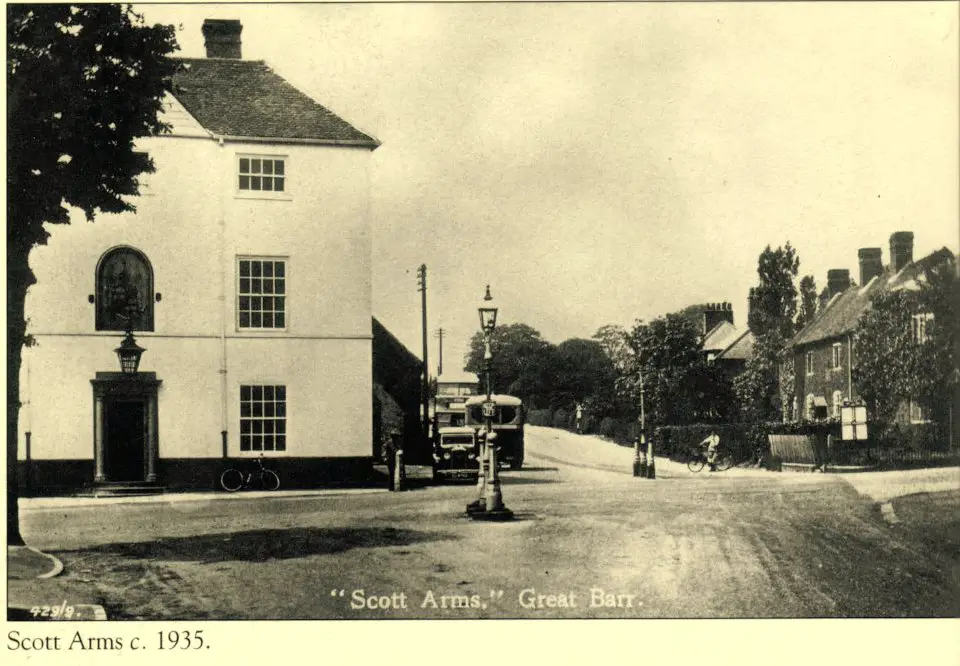oldMohawk
gone but not forgotten
Another view of the Scott Arms junction from the Queslet Rd side. Looks almost rural. The tree on the left looks like it is the tree in the other pic.
Two old buses facing each other - a Midland Red FEDD and a West Brom single decker - wonder whether the crews dropped in for a half pint ?

Two old buses facing each other - a Midland Red FEDD and a West Brom single decker - wonder whether the crews dropped in for a half pint ?













